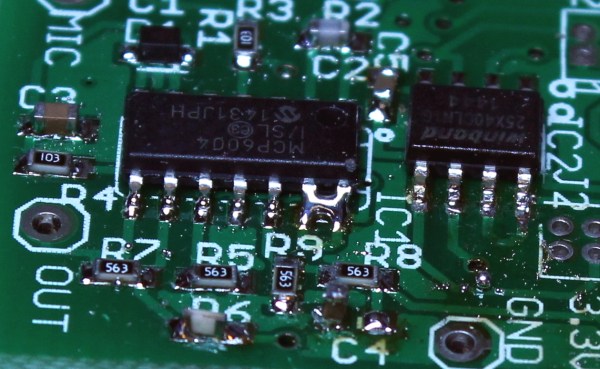Warranty shmarranty — toss the phone in the oven! There’s apparently a problem with the assembly of the Nexus 5X smartphones, and it looks like it is due to faulty BGA chip soldering. LG USA has had enough problems with the phone that they may not even have enough parts or new units to fix it, so they’re offering a refund. But we all know how it is to get attached to a device, right?
So [Alex] disassembled his beloved phone, pulled out the board in question, and gave it the XBox Red Ring Of Death treatment. He placed the board on some insulating aluminum foil, and baked it for six and a half minutes. Season with lemon and pepper, and serve! We’re honestly surprised that sticking the affected board into the oven at 195° C / 390° F for a few minutes would work at all. Isn’t that a low temperature for soldering, especially with a lead-free mix? Could it have been a problem with humidity after all? Continue reading “Nexus 5X Phone Resurrected By The Oven”

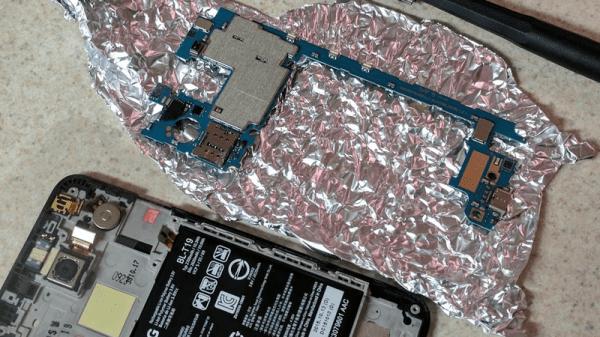


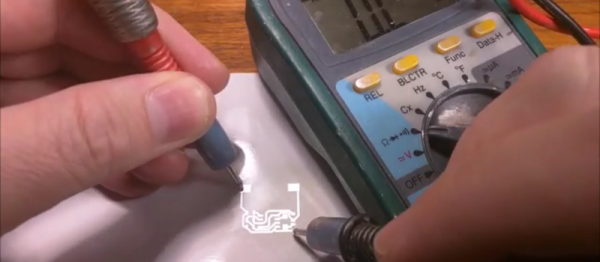
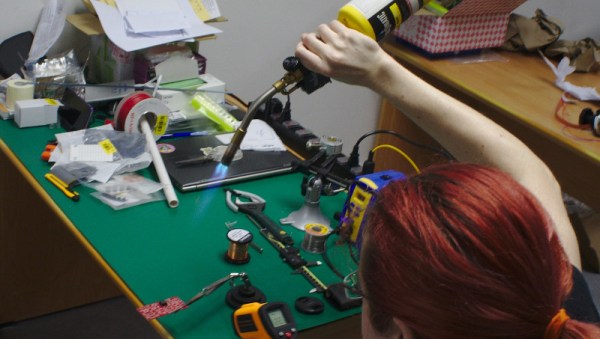
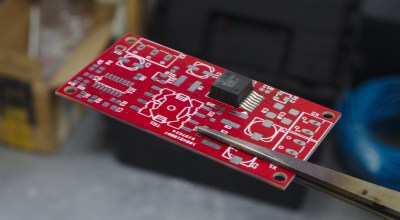 [whitequark] has been experimenting with a
[whitequark] has been experimenting with a 
